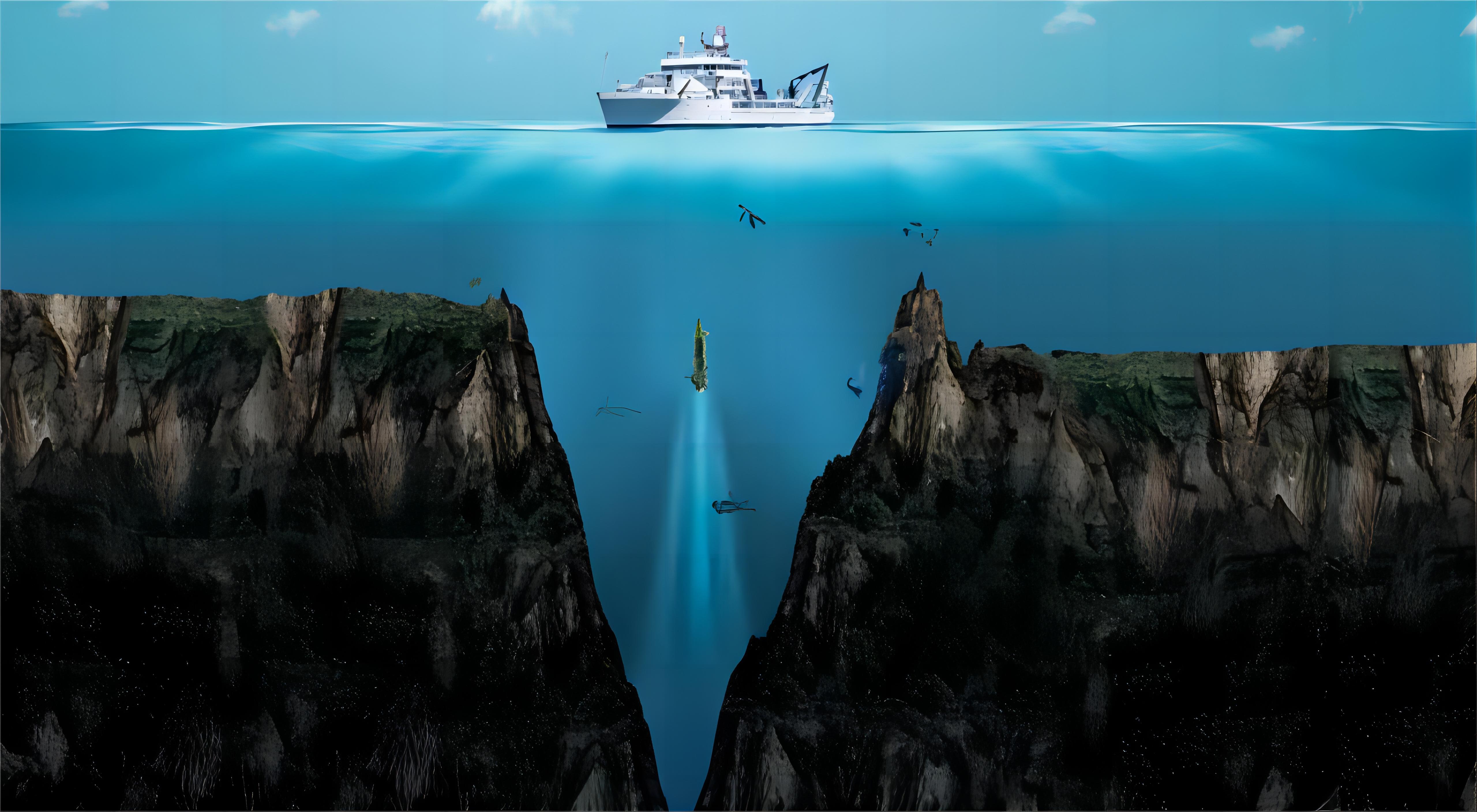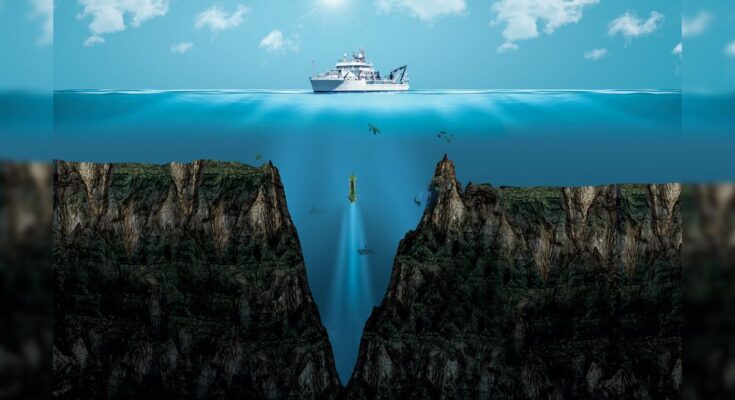The Mariana Trench is the deepest known part of the Earth’s oceans, located in the western Pacific Ocean, east of the Philippines and south of Japan. This vast underwater canyon stretches approximately 2,550 kilometers (1,585 miles) in length and 69 kilometers (43 miles) in width. It was formed through the process of subduction, where the Pacific Plate is forced beneath the smaller Mariana Plate, creating an oceanic trench as part of the geologically active Ring of Fire.

The Challenger Deep, the trench’s deepest point, plunges to an astounding depth of 10,916 meters (35,814 feet) below sea level. To put this in perspective, if Mount Everest, the world’s tallest mountain at 8,848 meters (29,029 feet), were placed inside the trench, there would still be over 2,000 meters (6,500 feet) of water covering its peak. The extreme depth of the Mariana Trench results in immense water pressure, which reaches approximately 1,086 bars (15,750 psi) at the bottom—more than a thousand times the standard atmospheric pressure at sea level.
Due to these extreme conditions, the Mariana Trench remains one of the least explored places on Earth. The crushing pressure, near-freezing temperatures, and complete absence of sunlight create an environment that is difficult to study. Despite these challenges, scientists have discovered fascinating deep-sea creatures that have adapted to survive in this harsh habitat. Some of these include xenophyophores, amphipods, and snailfish, which thrive in the pitch-black depths through unique physiological adaptations.
Exploration of the Mariana Trench has been limited but groundbreaking. The first successful manned descent was conducted in 1960 by U.S. Navy Lieutenant Don Walsh and Swiss oceanographer Jacques Piccard aboard the bathyscaphe Trieste. They reached the Challenger Deep and observed a flatfish-like organism, proving that life could exist even in the deepest parts of the ocean. It wasn’t until 2012 that another human-made voyage took place—filmmaker James Cameron piloted the Deepsea Challenger on a solo mission to explore and document the trench’s depths. Since then, robotic submersibles and remotely operated vehicles (ROVs) have continued to study the area, uncovering new species and geological formations.
The Mariana Trench is of great scientific interest not only because of its extreme depth but also due to its unique geological and biological features. Studying this remote region helps scientists understand deep-sea ecosystems, the limits of life on Earth, and even the possibilities for extraterrestrial life in similar extreme environments on other planets. The trench also provides insights into plate tectonics, deep-sea mineral deposits, and the potential for seismic activity, including earthquakes and tsunamis, which can impact coastal communities around the Pacific.
As one of the last frontiers of exploration on Earth, the Mariana Trench continues to inspire curiosity and scientific discovery. Efforts to explore its depths using advanced technology and autonomous underwater vehicles will likely yield more remarkable discoveries in the years to come. The secrets of this vast and mysterious underwater world remain largely unknown, but each new expedition brings us closer to understanding the most extreme environment on our planet.



